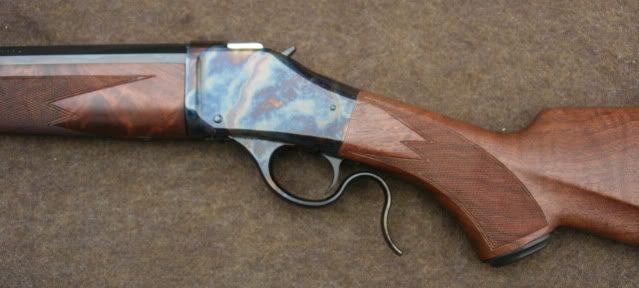I've only dabbled in blackpowder for the last several years and one question has bothered/intrigued me. Almost every serious shooter changed over to smokeless powder about 100 yrs ago and it's my fear that some techniques, materials and manufacturing technology was lost and only in the past 20-30 years have folks (including some on this forum!) begun to recover that technology.
Do you think our replicas and modern versions of components shoot better than what they had in 1890? If not, do you think they ever will?
Don't wanna get bogged down in a comparison of modern vs 1890's powder, suspect that horse has already been beaten to death and beaten some more.
Do you think our replicas and modern versions of components shoot better than what they had in 1890? If not, do you think they ever will?
Don't wanna get bogged down in a comparison of modern vs 1890's powder, suspect that horse has already been beaten to death and beaten some more.

